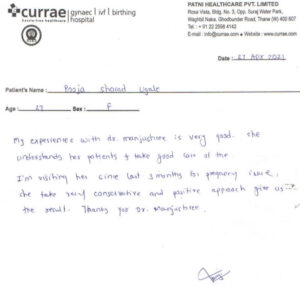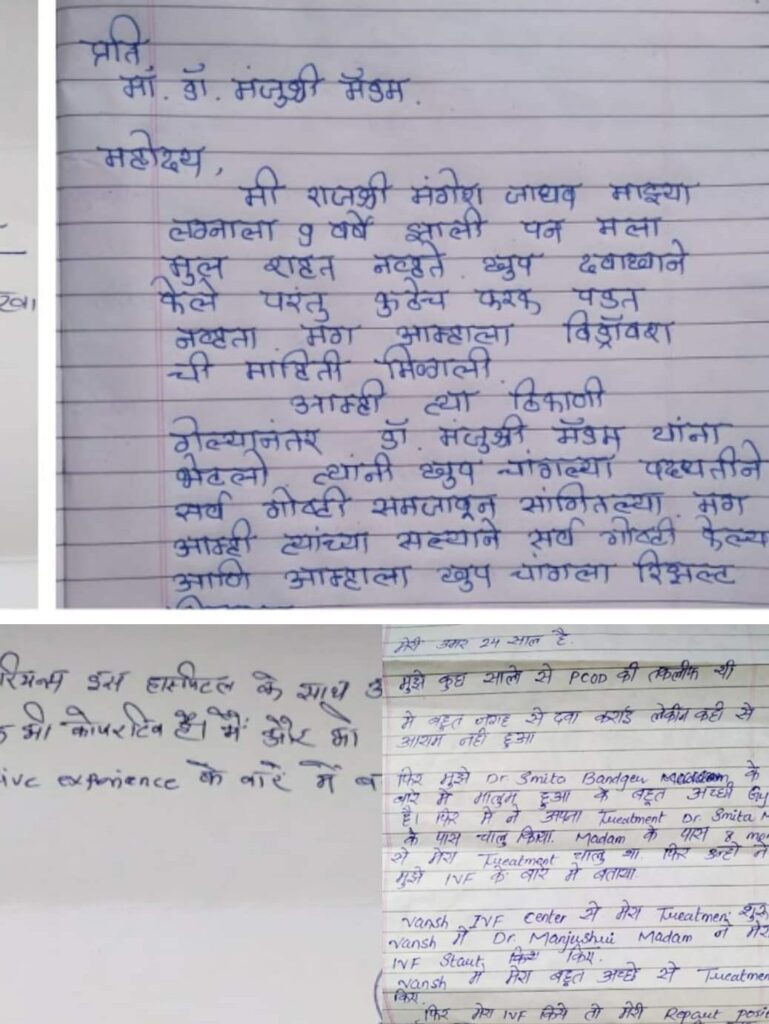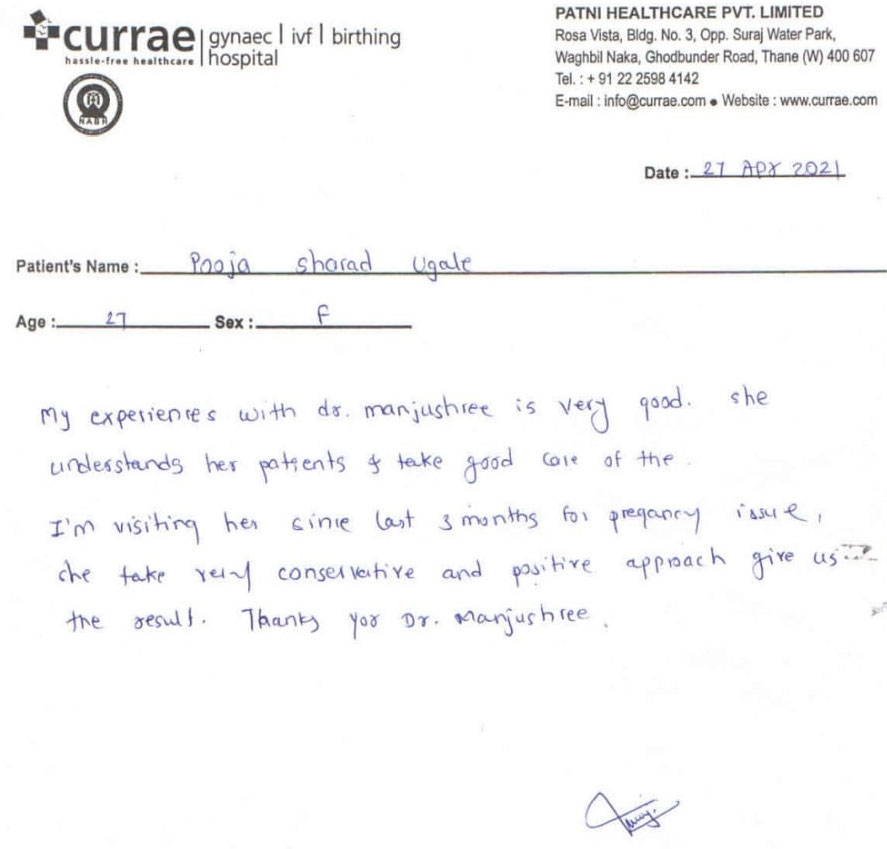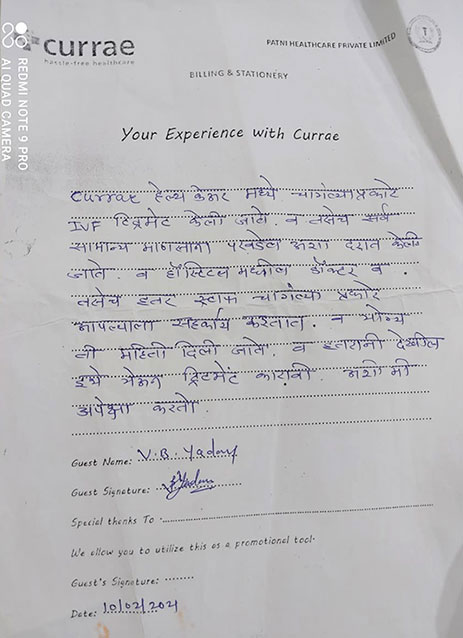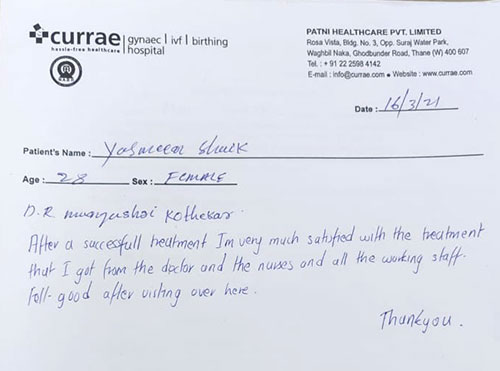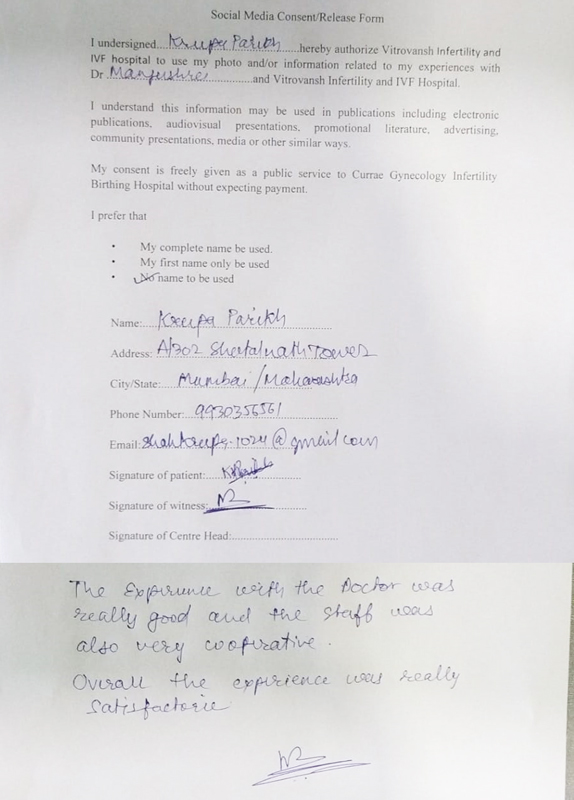(PGT)Pre implantation genetic testing in Mumbai

Dr. Manjushri Kothekar’s (PGT) Preimplantation Genetic Testing in Mumbai At Chembur Fertility Clinic
In the realm of assisted reproductive technology, Preimplantation Genetic Testing (PGT) plays a crucial role in ensuring healthy pregnancies and reducing the risk of genetic disorders. Dr. Manjushri Kothekar, a prominent figure in Mumbai specializing in PGT, offers cutting-edge solutions at Chembur Fertility Clinic. Let’s delve into the world of PGT and understand its significance in the journey towards parenthood.
Understanding Preimplantation Genetic Testing
Preimplantation Genetic Testing involves a series of tests conducted at various stages of fertility treatments like IVF to identify genetic abnormalities. These tests are instrumental in detecting genetic disorders early on, ensuring a higher chance of successful pregnancies.
Indications and Types of PGT
– Indications: PGT is recommended for women over 35, those with recurrent miscarriages, multiple IVF failures, male factor infertility, and genetic concerns.
– Types of PGT: PGT-A
Advantages of Preimplantation Genetic Testing
– Reduced miscarriage rates
– Increased pregnancy success rates
– Selection of aneuploidy-free embryos
– Early detection of fetal abnormalities
The Testing Process
Embryos created through IVF/ICSI undergo testing by extracting cells for analysis. This meticulous procedure ensures the selection of genetically healthy embryos for transfer, ultimately increasing the chances of a successful pregnancy.
When is PGT Recommended?
– PGT-A: Recommended for advanced maternal age and recurrent implantation failure cases.
– PGT-SR: Indicated for known chromosomal translocations.
– PGT-M: Suggested for families with a history of single-gene disorders.
Our Services at Chembur Fertility Clinic
– Intrauterine Insemination (IUI)
– IVF Specialist Services
– ICSI (Intracytoplasmic Sperm Injection)
– Donor Egg and Sperm Treatments
– Embryo Donation and Adoption
– Comprehensive IVF Solutions
Dr. Manjushri Kothekar’s expertise in PGT at Chembur Fertility Clinic ensures personalized care and advanced genetic testing options for couples seeking to build their families. Embrace the journey of parenthood with confidence and assurance through PGT in Mumbai.
For more information and expert guidance on Preimplantation Genetic Testing, contact us at Chembur Fertility Clinic today or call 97693 87593.

